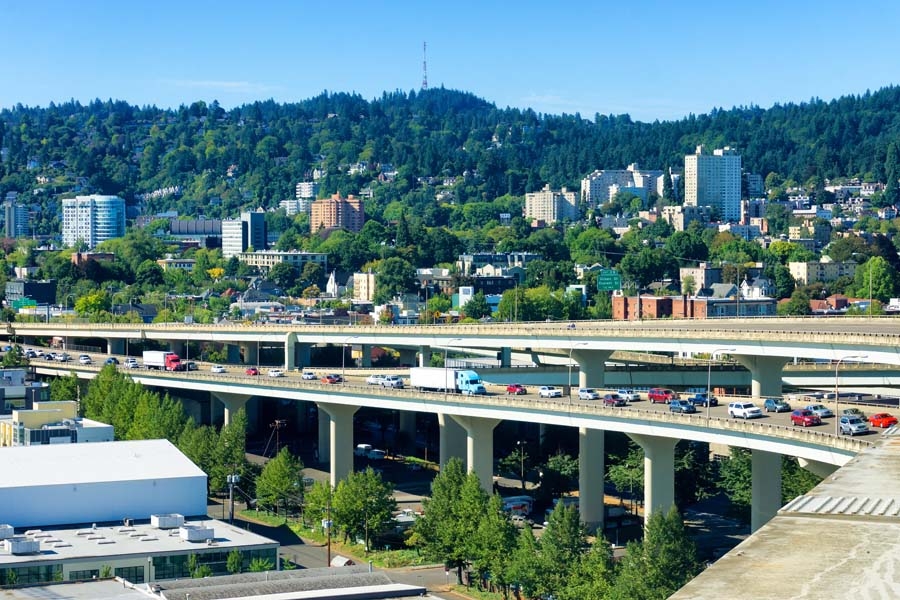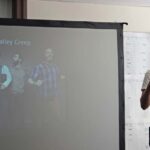Civic and technology leaders gathered last week at the Oregon Convention Center for the two-day Global City Teams Challenge on Transportation.
Day Two, billed as a Super Action Cluster Summit, featured cutting edge technologies designed to move people and goods across urban centers.
“The goal is an internet of things,” says Skip Newberry of the Technology Association of Oregon. “We are discussing smart city enhancements that will create the future of transportation infrastructure in cities everywhere.”
For instance, the City of Portland and TriMet have teamed with Portland State University to install smart sensors at strategic traffic locations around the area. The sensors feed data back to DEQ portals at PSU and is analyzed by researchers for overall traffic usage, and how newer technologies such as improved diesel engines or bus cooling systems affect air quality and microclimates.
According to Newberry, this data lets policy makers, TriMet officials, and city planners know if costly measures to improve air quality in congested areas are meeting goals. The smart sensors provide real time evaluation of air quality numbers that used to take years, even decades, to retrieve and analyze.
Welcome to SIMM City
Ben Stabler, Director of Model Development for Resource Systems Group, presented transportation demand modeling software as a solution for smart cities to predict traffic gridlock and volumes of public transit.
Stabler demonstrated a single in-line memory module, or SIMM, of the Seattle region that claims it can model and predict daily behavior of almost one million area residents. This SIMM utilized representative-sample diaries of chosen participants, broken into intricate analogues of demographics, incomes, and a host of other factors to create hourly prediction models of movements for its large cyber village.
Real people were asked questions about their tastes and habits, and told to record their daily routines differing periods of time. The TDM software generated algorithms based upon these diaries, and filled SIMM “Seattle” with hundreds-of-thousands of electronic cyber residents.
“We can model for travel, work, leisure, anything,” Stabler says. “These models can help cities know how to plan resources at any time during the day.” He claims smart cities can use TDM as a means to predict traffic counts, offer better transportation in work clusters and steer transportation away from areas where high volumes of traffic are predicted in the SIMM modeling.
INTEL for INTEL
Susie Lahsene, Director of Policy and Planning for the Port of Portland, offered conference attendees a real-world look at how traffic gridlock can harm the regional economy. She says the Port is in constant communication with high tech companies, including INTEL, about ways to increase the efficiency of moving freight through our city’s crowded roadways.
“We’ve seen companies cut production because they can’t either get goods in our out of Portland in predictable ways, she says.
Lahsene wants the city to allow trucks serving our region’s high tech sector to ignore ramp “cues” and offer them ramp meter bypass when carrying freight tied to sensitive production schedules. She believes this places a value on the jobs many Portlanders are commuting between, as they compete with freight providers on our city’s burdened local highways and interstates.
The Port also wants more high tech traveler information signs and newer methods of dispersing traffic incident reports, along with instant notifications to freight servicers of impending emergency vehicle responses. “Warn commuters about problems before they even get in their cars and offer alternative routes,” she says.
Other breakout sessions included ways to increase City-University partnerships for developing smart city innovations, information about the future of regulatory policy, and a workshop designed to help cities utilize technology to increase efficiency of urban transportation.





